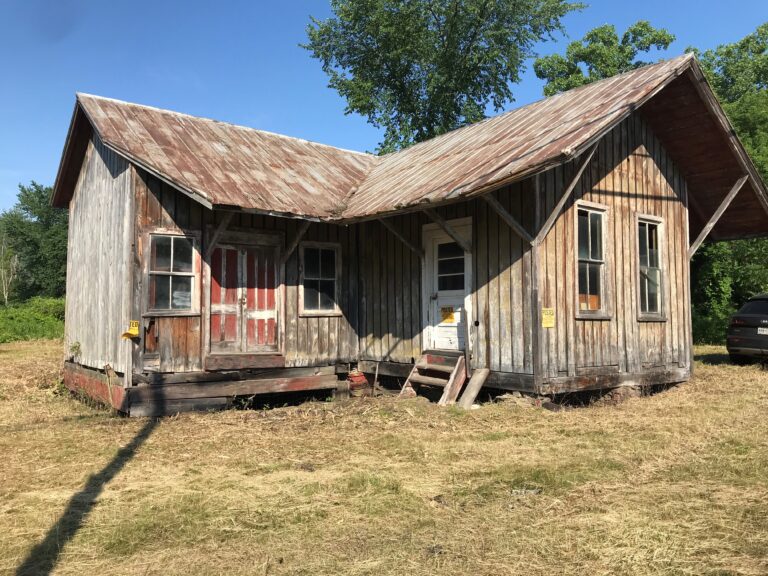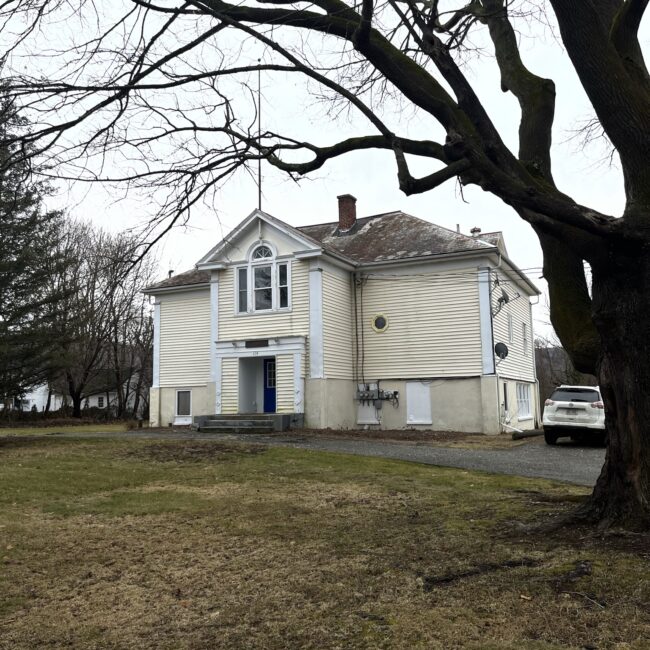Over at CIRCA Old Houses, I just posted a blog answering the question, what is the National Register of Historic Places? In a nutshell, the National Register is the official inventory of historic properties in the United States. It carries various rules and benefits that I look forward to exploring in future posts here and on social media – stay tuned!
For now, let’s dig further into the topic of what qualifies a property to be listed on the National Register. What does it mean to be a “historic place”? The four official criteria include A) association with significant historical events or trends, B) association with people who significantly contributed to history, C) works of important architects, styles, building types, or high artistic value, and D) archaeological sites that can yield valuable information about the past. And the resource must be more than 50 years old (with few exceptions).
Here’s an example of a property I helped the owner get listed on the National Register (as part of a team with historian Marissa Marvelli and architect Marilyn Kaplan, RA, FAPT).

It’s a sweet little train depot originally built in 1876. You may reasonably think, sure, that’s old, but is it really historic?? According to the NYS Office of Parks, Recreation and Historic Preservation as well as the U.S. National Park Service, yes, it is. It was officially listed in January 2024 under Criteria A (association with Hudson Valley railroad history and economy) and C (“an intact, and increasingly rare, example of a rural railroad station”). In case you’re curious, here’s a link to the nomination report by Marissa Marvelli.
Because of the potential financial incentives that come with National Register listing (again, more to come on that), the same owner wanted to nominate another distinctive property she plans to rehabilitate – a ca-1921 schoolhouse.

However, colleagues at NYS Parks found the property “ineligible”, stating:
Significant alterations to the fenestration as well as substantial exterior alterations including major changes to the main entryway leave this building with little integrity to its period of significance or areas of significance.
It’s interesting because, on the one hand, the train depot is in much worse condition than the schoolhouse but, on the other hand, it has not been as altered over time. In my opinion, both buildings still resonate with history. Both are worth preserving!
What about your house? Do you know if it’s listed on the National Register, either individually or as part of a district? You can learn more about NYS listings at Cultural Resource Information System (CRIS) (ny.gov). I’ve posted some video tutorials on Instagram and YouTube. Post comments there to let me know what you find out!

AUTHOR KATE WOOD grew up criss-crossing the country in the family’s Volkswagen Bus, visiting house museums, battlefields, Main Streets, and national parks. Today, she is an award-winning preservationist, real estate broker and principal of the full-service historic rehabilitation consulting firm, Worth Preserving. Kate believes in the essential value of old-building stewardship to sustain community character. For her, each property is a cause and each client a fellow advocate. She specializes in matching people with properties, skilled contractors, historic tax credits and other benefits to support top-tier rehabilitation projects. For advice and solutions to help unlock the potential of your old house join My Newsletter.